|
I have just returned from a wonderful Mongolia trip. It was an epic adventure in all my travels so far. I enjoyed myself so much that I forgot to post any pictures on any social media platform during the trip, partly also due to poor/lack of wifi in the countryside.
As an introduction, Mongolia is a land of blue sky, vast landscapes and a vibrant traditional culture. Mongolia is an unspoiled wonder, a land where sand dunes sing, horses roam wild and nomadic herders greet strangers with open doors. Life in the countryside is at a much slower pace. The traditional way of nomadic life has proved to be resilient & remains at the core of the Mongols’ DNA. When Mongols travel, they know when they leave – they never know when they will arrive, due to the unpredictability of journeying through such severe topography. I went to places I didn’t plan to visit and those uncertain moments gave rise to opportunities that enabled me to photograph some of the most striking scenes! 我一直对大草原有着深深的向往,也许是在城市中生活久了,内心特别想去某个遥远人迹罕至的地方,向往在大草原生活自由宁静的感觉。拥有广大草原的蒙古,一派天宽地阔,就成了我抒压之地,我觉得这辈子一定要去蒙古一次,更希望借此一圆在蒙古草原上策马奔驰的愿望。在蒙古没有网路的那几天过得非常充实,听起来或许有些矫情,但连续几天没有网路的日子,确实短暂放下了连结外界的一切焦虑。比起住在随时断电、没有热水的寒冷山区里,能好好的过完一天似乎更加重要,把更多时间分给了遇见的每一个人,也走了更远的一段路去看看网路资讯以外的真实生活和风景。
0 Comments
我刚从蒙古旅行回来,看到《学习北欧国家的幸福哲学》的摄影文章刊登在今天(九月二十一日)的 zbNOW/早报现在【缤纷】版 。感谢 Lianhe Zaobao 联合早报!
在联合国统计的《世界幸福指数》(The World Happiness Report)评比中,北欧国家总是名列前茅。气候严峻的它们,一年中有几个月的日照时数不到一小时,看似活在阴暗之中,北欧人却过得比其他国家快乐。我一直很好奇他们是如何办到的,所以几年前就探访了北欧国家,亲自访问当地人,并请教他们用最简单的方式诠释专属各国文化的幸福关键 。原来每个北欧国家的语言里,都有一些非常华丽的词汇,而且这些词汇与北欧人幸福指数高息息相关。对我而言,每个词汇更像是一个魔法,在北欧人日常琐事转换成一种心灵力量的仪式,创造出一套独特的幸福哲学。 Just returned from a wonderful Mongolia trip and saw that my short photo essay on scandinavian living concept is published today! Thank you so much to Lianhe Zaobao 联合早报! I travelled to the Scandinavian countries since 2018 to look deeper into the elements of Scandinavian culture and in particular, the principles held by its people—after all, through its people is where you see a nation’s culture in action. Many people know them for the Vikings, Northern lights, and Lapland but there’s so much more to them then those well-publicised elements. Since many Scandinavian concepts don’t directly translate to English, I break down those cultural components that help shape my way of life. If you know the lingo, you can bring balance to your life (lagom), take breaks when needed (fika), and create a cozy space to come home to (hygge)! 我在旅行中街头摄拍《酷热炎夏》的照片组刊登在今天(八月二十日)的 zbNOW/早报现在【光影】版 。感谢 Lianhe Zaobao 联合早报!
今年夏天不仅来的早,而且一波又一波的高温热浪天气肆虐全球,人类正在经历一个酷热的夏天。许多国家见证过摄氏40度以上非常极端的气温,宛如在桑拿房加上头顶上的大太阳,湿度、热度、紫外线都如一道酷刑。湿闷的天气让人提不起劲做任何事,由内而外的不舒服,时间也变得似乎可有可无。酷暑难耐,有些人却已习以为常。在户外工作的人得长时间和烈日相伴,就算忙得汗流浃背,还是得继续守着岗位,其中的艰辛旁人是难以体会的。根据世界气象组织今年七月发布的警告,指出自1980年代以来,热浪的次数已增加了六倍,而且热浪对人类健康的影响及其造成的社会和经济后果令人担忧。或许几十年后,这个夏天其实可能还算得上是个挺凉快的夏天了。若未来热浪经常来袭,人类要如何适应呢? Happy Sunday! My travel street photography series on hot summer is published in full coverage in today's zbNOW/早报现在. Thank you so much! This summer came early in 2023 and is extremely hot. Global temperatures have been at unprecedented levels for several weeks. The world is hammered by a very persistent heatwave, and all-time record temperatures of > 40 degrees Celsius were experienced in many countries. According to a warning issued by the World Meteorological Organisation in July 2023, the number of simultaneous heat waves has increased six-fold since the 1980s and the trend shows no signs of abating. The severe effects prolonged heat can significantly affect our physical and mental health as well as the society as a whole. So while this summer might be unbearably hot, it’s likely to be one of the coolest summers for decades to come. Located at Tai Hang Road in Hong Kong, the Haw Par Mansion and its private garden were built by entrepreneur Aw Boon Haw (who was known as “The King of Tiger Balm" in 1936, and named after him and his younger brother Aw Boon Par. The Aw brothers inherited their father’s small herbal shop and founded the Tiger Balm enterprise in Southeast Asia. Although the younger brother’s name appears on the mansion, ownership of Hong Kong’s Haw Par Mansion belonged only to the older brother, Aw Boon Haw.
Adjoining the Mansion once stood the famed Tiger Balm Garden which was also completed in 1936 and opened for public enjoyment. The Garden was demolished to make way for luxury residences in 2004. Now, what is still standing in the heritage site is half of what it was – the four-storey Haw Paw Mansion is publicly accessible, where one can admire its unusual Chinese Renaissance style with ornate porches, windows made from Italian stained glass, and murals gilded with gold. The red brick facade, green tiled roof and grand circular ‘moon gates’ which greets visitors are reminiscent of traditional Chinese architecture. 位于香港大坑道,有一栋与附近豪宅私楼格格不入的建筑—--虎豹别墅,是香港现存20世纪30年代折中主义建筑风格的代表性建筑之一。虎豹别墅建于1936年,是由当年的万金油大王胡文虎设计,并以胡文虎、胡文豹的名字命名。提起万金油,现时大家都会知道是居家旅行的良药,而在1932年,虎标万金油就已在东南亚地区享负盛名,香港更是万金油其中一个重要的产地,亦因如此,令到胡文虎先生决定在香港兴建一所住宅,落地生根。 原来的虎豹别墅旁本建有万金油花园,当年亦是少数向华人开放的花园,只是在1990年代因住宅发展而被拆除,原来极具标志性的七层六角塔“虎塔”以及“十八层地狱”的浮雕,亦不复存在。既然万金油花园早已消失在大家眼前,那么虎豹别墅还有什么好看?答案就在别墅的内部。虎豹别墅装潢精美华丽,楼高四层,糅合了多种风格。建筑属中国式折衷主义,以西式建筑兴建,结构大致均等对称,门前建有弧形楼梯和门廊,室内设有窗台及壁炉,天花以金箔点缀。 感谢 zbNOW/早报现在 Lianhe Zaobao 联合早报 今天在缤纷版的刊登我的摄影文章《一瞬间的惊喜,观新加坡魔术师协会表演》!
魔术是一门既古老又神奇的艺术,它起源于人类对自然未解事物的猜测和幻想,迄今仍散发着强大的生命活力。世界历史上顶尖的魔术师数不胜数,例如让自由女神像消失的大卫·科波菲尔(David Copperfield)和中国家喻户晓的人物刘谦。他们无数次在魔术界呈现出各种奇妙效果的表演艺术,在人们心目中蒙上了一层神秘的面纱,很多人甚至将他们当作具有超能力的人来崇拜。 最近,我观看了一场由新加坡魔术师协会 Singapore Association of Magicians 举办的无比精彩的魔术表演。新加坡魔术师协会士1973 年成立,吸引了许多魔术爱好者,常受邀参与各种社区活动。而且,协会每个月都汇聚一堂,希望召集志同道合的本地魔术师,互相切磋,在提升个人表演技巧的同时,也能互相激励、服务社会。魔术师在台上展示一个魔术往往只有几分钟,但他们可能花几年练习上千遍才练成一套魔术。对于表演魔术的人来说,表演的时候,只要看到每个人的笑容,自己也会跟着快乐起来,再辛苦也是值得的。虽然看完了表演,我还沉浸在魔术的奇幻世界里。魔术的价值在于让一个人感受到活生生地发生在眼前的奇迹,而且平时肯定接触不到。人们心中的这种感情需求其实是人类存在这世界上一开始就有的。为什么神话、宗教可以延续至今?就是因为人类对未知的事物都有好奇心。魔术就是把未知呈现在你眼前,让你体会到人最原始的身体的本能和需求被满足的感觉。 Happy Thursday! Thank you so much to the Chinese daily for publishing my very special photo documentary on the Singapore Association of Magicians as well as featuring some of its magicians today! Magic tricks and illusions have been around for millennia, so, why do we as humans enjoy watching illusions even when we know it’s a trick? Mysteries intrigue us. Partially because we can’t know everything, and another part wants us to understand the world around us. Sometimes, we want to get away from real life. Magic tricks, illusions, and a live magic show offer an escape from reality. We get to suspend our disbelief, just as if we’re reading our favorite pirate adventure, watching our favorite movie, or flying down a zipline. Magicians alter your perception and bend the rules of reality to get your mind thinking outside the box. Who knows? Maybe attending a magic show can help you refresh your mind to solve a problem. Lastly, kudos to all the magicians in the world! They work hard for the make believe and in the end the only thing matters to them is if you are entertained or not. It’s hard to believe that what is now a beautiful park used to be one of the most densely populated places on the planet. Despite having been demolished 20 years ago, the Kowloon Walled City continues to captivate people today. While at first glance, it may look just like a pleasant garden in the middle of the busy city of Hong Kong, it felt surreal and disconcerting to visit a place with so much history behind it. This was one the most fascinating places I visited during my recent trip to Hong Kong.
Today, the site of the former Kowloon Walled City has been redeveloped as a historic park in its honor. The Jiangan-style garden of the early Qing Dynasty is now a green and peaceful space studded with Chinese pavilions and ponds. There weren’t a lot of people when I visited, just a few senior citizens practicing tai chi in the open spaces and chess gardens and reading newspapers along the corridors. 香港的九龙寨城不但是个清幽古香的公园,也是香港仅有的历史遗迹之一,有关于贫民窟的故事。九龙寨城是香港历史上唯一没割让给英国的香港领地,其历史可追溯到香港开埠初期。在17世纪,九龙寨城是中国的一个军营。在后二战时期,九龙寨城并没有割让或租借给英国,而在往后的一百年间,寨城进入无人管治的时期,城墙逐渐消失。城内沦为贫民区。最后,在中英双方的同意下,寨城终于在1995年间清拆,并改建成一个非常优美的寨城公园,许多历史遗迹得以回复旧貌,是一个休闲和学习历史的好地方。 Guia Fortress was one of the landmarks that I told myself that I must visit in Macau. On my last day in Macau, it proved to be elusive. The paths and walkways that kept pointing me to Guia Fortress, seemingly never ends. Guia Hill was where it all started. Even though the Guia Lighthouse was in sight, it seemed miles away. When I finally reached the fortress, I must say that the views of Macau from here up are the best.
这次的澳门之旅,特地走了一趟之前从未去过的澳门景点,那就是东望洋灯塔区。一般游客都比较少到这一区,因为它离澳门主要的景区稍远一些,但其实澳门不大,相距都不会太远,而且比起其它景点,这里游客少上许多。虽然那天天气十分炎热,我走的气喘吁吁,但眼前阳光洒落的景色,令人脚步轻盈。 东望洋炮台是位于澳门半岛最高的东望洋山上之古老炮台,为中国现存最古老的西式炮台建筑群之一部分。圣母雪地殿教堂,是位于澳门东望洋山山顶上的小教堂,是在东望洋炮台的东望洋灯塔旁边,在2005年,更是作为澳门历史城区的一部分而被列入世界文化遗产名录内。澳门在世界地图上的经纬座标,就是以灯塔的座标定位。来到澳门旅游,这里是放松自我、欣赏澳门景观并了解澳门历史的好去处。 As a big fan of street art, my search for it continues.
Macau is actually a colorful and creative city, especially when you walk away from the luxurious hotels, fancy shopping malls, and extravagant casinos and instead look toward the city’s historic districts. Besides Coloane Village and Taipa Village, Praça de Ponte e Horta is another spot in Macau where you can find street art. The surrounding area of Praça de Ponte e Horta was embellished with Macau’s and international street artists years ago. They decorated the old area of the city with hip, modern and diverse mural art pieces. If you only have time to check out one area to experience Macau’s unique street art, I think this is the place. I suggest that you try to get there in the early morning or wait until late evening to see some paintings on the metal doors of shops. And of course, don’t forget to check the back alleyways as many outstanding works are tucked away there, waiting to reward intrepid travelers. The Taipa Village has been one of Macau’s best attractions being one of the only two traditional villages left in Macau. The village is a lovely mix of Chinese and Portuguese influences, with narrow streets, alleys and lanes, with old colonial houses lined up mostly on each side. The houses often adopt a yellow, blue and green shade of color, which produces an enjoyable pastel appearance of the village all together. It is a street art paradise. You’ll find a lot of street art and murals sprinkled around the area. It is also home to some great restaurants and cafes that have gotten creative with their exterior decorations.
澳门氹仔村是澳门的一特色景区,是一个远近闻名的古村落,现在更成为了一处旅游胜地。且来此旅游客运品尝这里的特色小吃。在狭窄、热闹的街道两边,云集着数间出名的糕点店、甜品店、手信店、餐厅等,吸引游人穿梭巷弄找寻乐趣。不少店铺已经历了数代人的用心经营。氹仔村的生活气息很浓,多为葡式老建筑,葡国风很浓,房子也是五颜六色的。房子上还有涂鸦,充满了文化的色彩,也令整区街道增添更多艺术感。澳门的魅力或许就是如此,这些老区恰好用最恰当的方式来体现出另外一种风格,感受时代脉搏下的澳门变化。 Many travellers think that all there is to see in Macau is nothing but flashy casinos and ancient colonial structures that reminisce the city’s Portuguese past. Surprisingly, this small territory has lovely sceneries and old villages where life goes on at a gentle pace, one of which is the Coloane Village. The moment I entered the village, time stood still with a rustic essence compared to the rest of Macau. It has the feel of a quaint old fishing port, with Portuguese-style buildings, pile dwellings, and corrugated steel houses all lined along narrow cobblestone-paved roads, just as they were more than a hundred years ago.
澳门路环是游客较少踏足的一块静地,但却是我这趟澳门旅行必去的地方。路环是个历史悠久的港口,踏足路环仿如时空交错,自然风光与横琴彼岸映入眼帘。走在街上可以看到澳门仅存的棚屋以木材及铁皮搭建而成的房子,充满了旧渔村的特色。当天早上来到这里时也没看到什么人潮,我喜欢这样的静谧,沉浸在古朴的渔村情怀。 The concept of “Fisherman’s Wharf” in Macau originated from Europe and the United States and it represents a kind of nostalgic leisure experience in Europe and America. It is not a single entertainment place, but a comprehensive leisure place. Macau has a Fisherman's Wharf too and I laid my eyes upon the Roman inspired piece of architecture.
Macau Fisherman's Wharf has a replica of the Roman Colosseum, which is considered as one of the most magnificent monuments in the world. Visitors will instantly feel like being transported to a whole new world in a matter of seconds. This one is designed as a venue for concerts and other performances with 2,000 seats. The Roman Amphitheater was intentionally designed with a portion of its structure missing. It was fascinating to walk through the halls and look at the details of the columns. A stroll along the Fisherman’s Wharf is without doubt a pleasant experience in Macau. If you visit Macau Fisherman's Wharf in the morning, you'll have the whole place pretty much to yourself. 在欧美,有许多著名的渔人码头,如美国旧金山的渔人码头、加拿大蒙特利尔的渔人码头、英国利物浦的渔人码头等等。在澳门其实也有个渔人码头,走进去的时候,仿佛来到了古罗马。渔人码头是澳门首个主题式设计的大型娱乐综合点,非常壮观,结合了罗马著名的斗兽场场景,还有雅典希腊神话的元素,每一个转弯都会是不一样的视觉盛宴。在圆型的罗马竞技场后面是最适合拍照打卡的地方,站在这里用广角地可以把整个罗马竞技场拍下来。竞技场的另外一边,是经典的罗马式回廊,仿真的有八分像,连古迹那种断壁残垣的遗迹感都仿得唯妙唯肖,非常逼真。 Macau has a long history. Rua da Felicidade is one of them. It is Macau’s former red light district and also how the Portuguese street got its name “Street of Happiness” from its former seedy, heady colonial past. Walking here in the morning is such a joyful relaxation; people can feel the strong atmosphere of history from the green doors. Rua da Felicidade was built in the middle age of the Qing dynasty by the Macao governor-general. Two rich merchants and developed it into an entertainment street. Rua da Felicidade was divided into two parts. One is a cluster of brothels and teahouses while another part is a perfect place for taking drugs and drinking. So it was also called “the Paradise for men”. Once you come here, you’ll find that the street is preserved so well by the government that as if you have come back to the period hundreds of years ago. Any visitor can feel as if time has stood still and be able to imagine, far away from the modern casinos and shopping malls, how life might have looked like for ordinary people in old Macau.
熟悉澳门昔日情况的人,听到这条“福隆新街”,立即就想到是澳门著名的红灯区,是在清同治年间由福建商人开发而形成的热闹地段,有商铺、酒家、戏院,还有妓馆、烟馆进驻,是特定族群的花花世界。当时有不少的巨贾富商、世家子弟前往寻欢作乐,福隆新街葡文“Rua da Felicidade”亦有欢乐街之意。当时整条福隆新街,可分为上、下两段,上半段是妓院,下半段是烟室、赌馆及酒家。 街道两旁的白墙红窗门建筑是拍照打卡的好景致,不过掺杂几户米黄墙面绿窗门的建筑,有的装设欧陆风的花纹栏杆,虽然同样走复古风不至于突兀,但据说青砖绿门窗才是最初的建筑样貌。如今福隆新街在澳门政府几年前推行的改善市容计划,窗板和门口(包括金属门板)全刷成鲜明的绿色,今人赏心悦目。街上开设了大大小小的餐馆、酒楼、野味店、小食店、旅店等,是本澳食店较集中的一条街,可誉为“食街”。每天都会有游客到这条街游览,感受在以前当时的环境,有些游客更会到街上的旅店度宿一宵,而有些旅店的环境,是模仿五六十年前的旧式旅店的住宿环境,令住的人回到过去。 What makes Macau a great place to explore on foot are some of the historic small alleyways and streets. Next time you find yourself caught in the crowds leading up to the Ruins of St. Paul and need an escape, look for a stairway leading you to Calçada do Amparo. Welcome to a “secret” world, a hub for Macau’s creative minds featuring specialty stores, exhibition space and food outlets. The street is beautiful with so few visitors and tourists. It’s a great place to find gifts, designer pieces, exhibition spaces and a variety of dining options and graffiti. There are also good laughs to be found. Some of the shops and restaurants are named quirkily which makes it a fun walk down this narrow promenade. This quiet hipster renaissance is a great place to explore on your next trip over to Macau!
当大家在街上的时候有没有留意到哪些由葡式瓷砖砌成的街名牌呢?这些富有特式的街名牌上均写着中葡文街名,但是大家不要以为这像字典一样是中葡对照的。其实,澳门有许多街名的中葡文意思是互不相通的,好像位于大三巴附近有一条蜿蜒的小巷名为“大关斜巷”,它毗邻俗称“三街”之一的关前街,两者的中文字名称均带有“关”字,而它的葡文名字则与相连的关前后街和显荣里共同使用了”Amparo”一词。现在这一小巷已成为了旅客打卡的热点,但这中葡街名的背后却隐藏着两座消失了的建筑物的历史故事。大关斜巷的起源,与清朝政府的海关机构“关部行台”有关,昔日停靠澳门或前往广州黄埔的外国商船,都必须先派员来关部行台办理手续,如今这条古老的街巷,依然叙说著旧日的澳门故事。这里还有咖啡、各种各样的纪念品,为许多邂逅这里的人提供澳门的新奇。小巷内古老古屋的墙上亦有不少涂鸦的壁画,一下就拨开斜街的面貌,点亮过往旅客的心扉,展现一抹欢乐和神秘气氛! Calcada da Igreja de S. Lazaro is a short pedestrian street within the St. Lazarus District in Macau. This is a very attractive area, lined with colonial buildings, many of which have been well preserved. The pavement here is also surfaced with pattered cobblestones. St. Lazarus District has served as a base for the development of Macao’s cultural and creative industries in recent years. Interesting buildings include the Chui Lok Chi Mansion, SCM Albergue are located here. As is St. Lazarus Church, the Macau Fashion Gallery as well as the local art incubator called 10 Fantasia.
时隔四年重游澳门,有许多地点都想纳入行程里,在做澳门自由行功课时,发现了疯堂斜巷这个文创地,于是我到澳门旅行时,疯堂斜巷也成了我的必访景点之一。比起其他热门打卡点,这里明显幽静很多,随便拍照都不用担心游客太多影响构图。刚走进疯堂斜巷,就被眼前色彩斑斓的葡式建筑所吸引。这里的每座建筑都被刷上不同的颜色,黄色、米黄色、白色和枣红色是主色调,站在墙角、街边、阶梯旁边随便一按就是充满异域情调的文艺照片。一条短短的疯堂斜巷,大约十分钟便能走完,但它独特的风情,让人不自觉地放慢脚步,四处拍照留念,留连在优美的葡风街道中。 My Milan Photo Travelogue《在华丽米兰,追寻艺术与时尚》Published in Lianhe Zaobao 联合早报旅游版 on 29 June 202329/6/2023 谢谢 zbNOW/早报现在 Lianhe Zaobao 联合早报今天刊登了我的摄影文章《在华丽米兰,追寻艺术与时尚》为旅游封面! 艺术是时尚的缔造者。米兰作为意大利第二大城市,是一座具有2000多年历史的文化名城,近年也号称是“全世界最时尚的城市”。这次以雅奢方式行走米兰,体验时尚之都繁华外表下的深厚底蕴,真切见到那些遗留下来的艺术,浓缩在画作里的故事,是经历了历史风霜,与城市共生成长,也一同发展进步。这样的元素在米兰随处可见,不断为人类追求美而谱写乐章。
Happy Thursday! Thank you so much to the Chinese daily for publishing my Milan's travel photo story in full coverage today! Italy's 2nd largest city, Milan is such an elegant city, often known as the fashion capital of the world and praised for its cuisine and entertainment. Milan is also a city with a rich history and home to some of the world’s best architecture and art. Many people come to Italy for the past. But Milan’s today’s Italy. Those who know Italy well would never dare skip a visit to the fashion, food, architecture and art capital of the country. Roam the fabulous streets and pretend you’re a resident of this stylish & charming city! |
Author
|

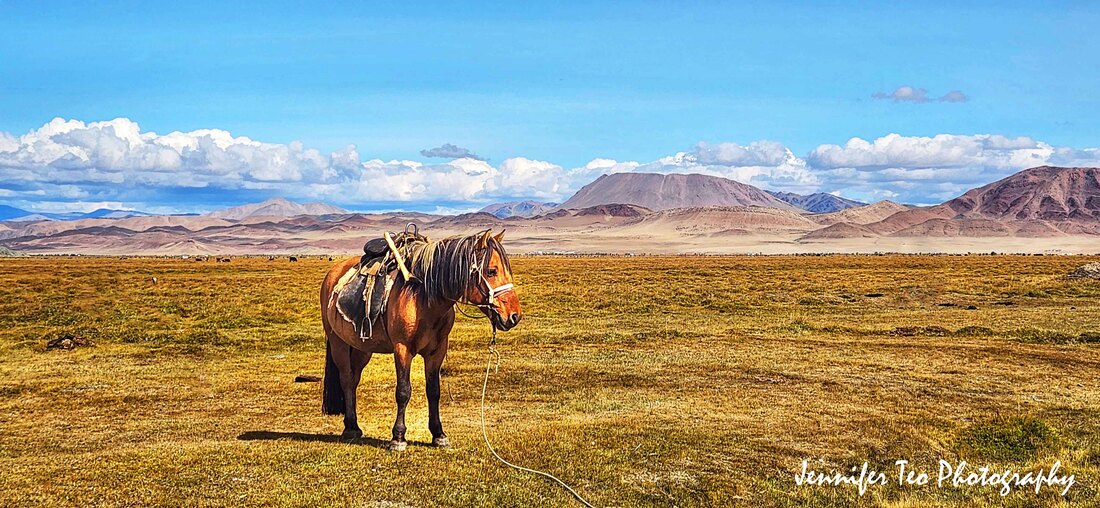
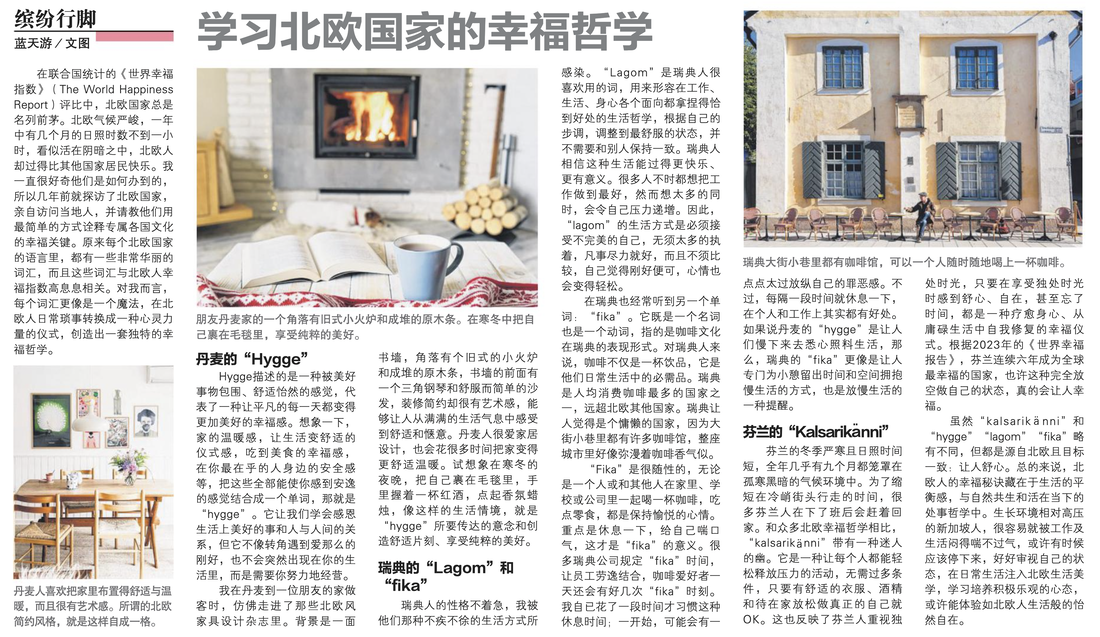
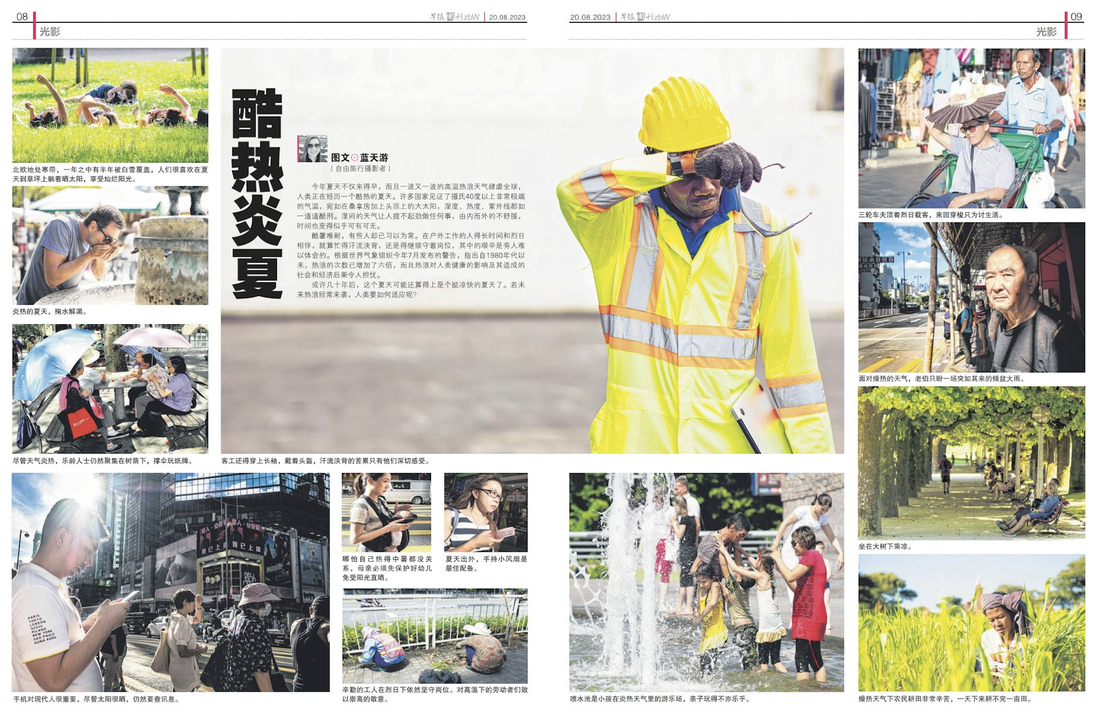
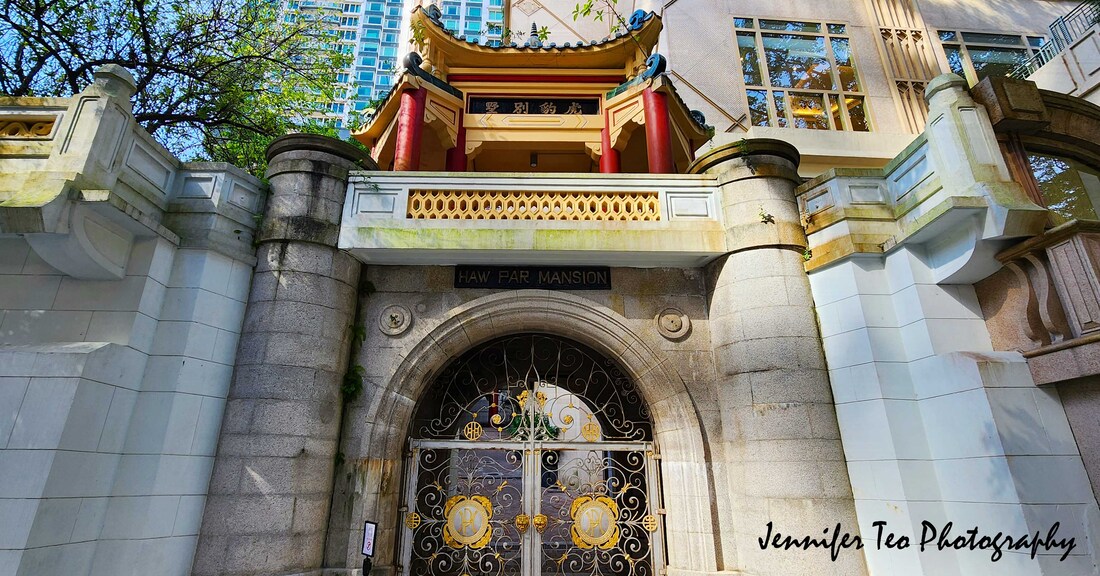
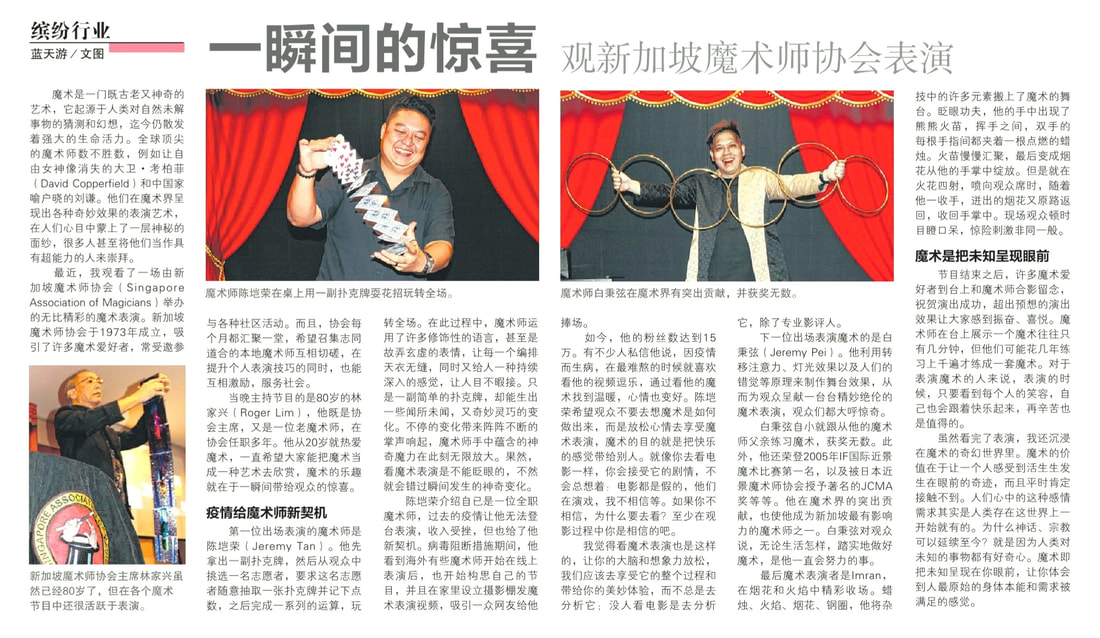
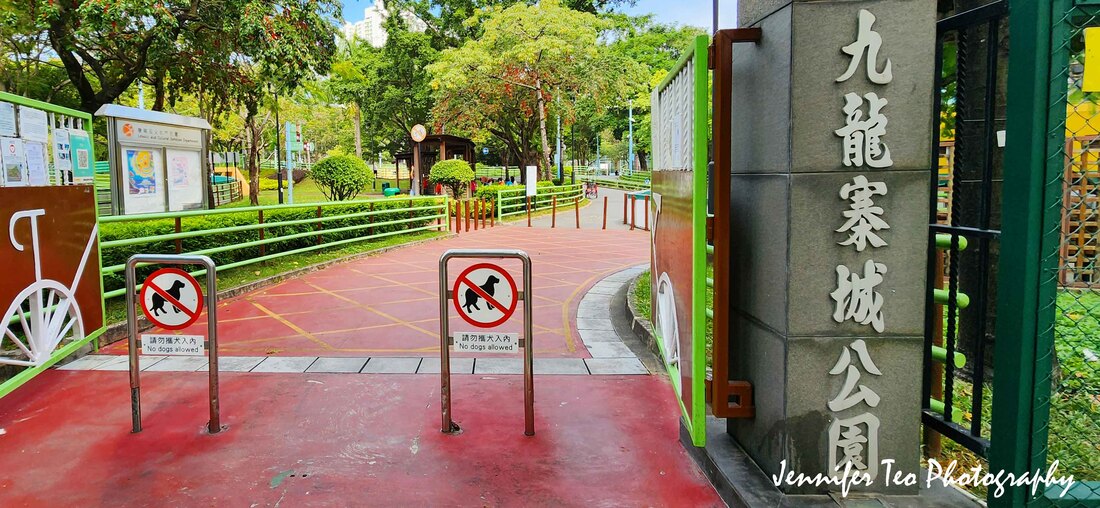
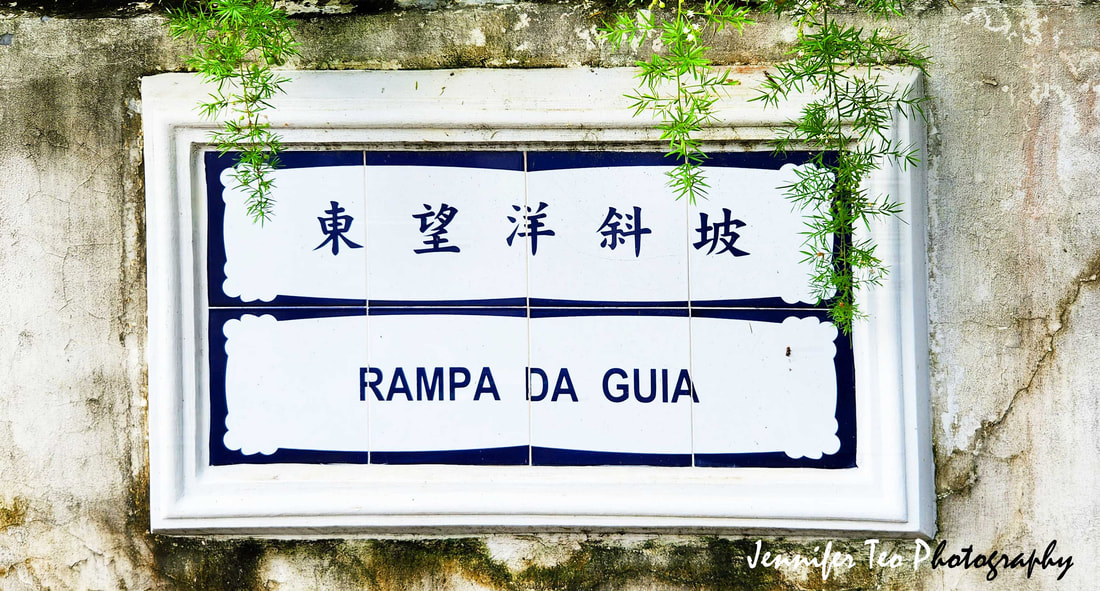
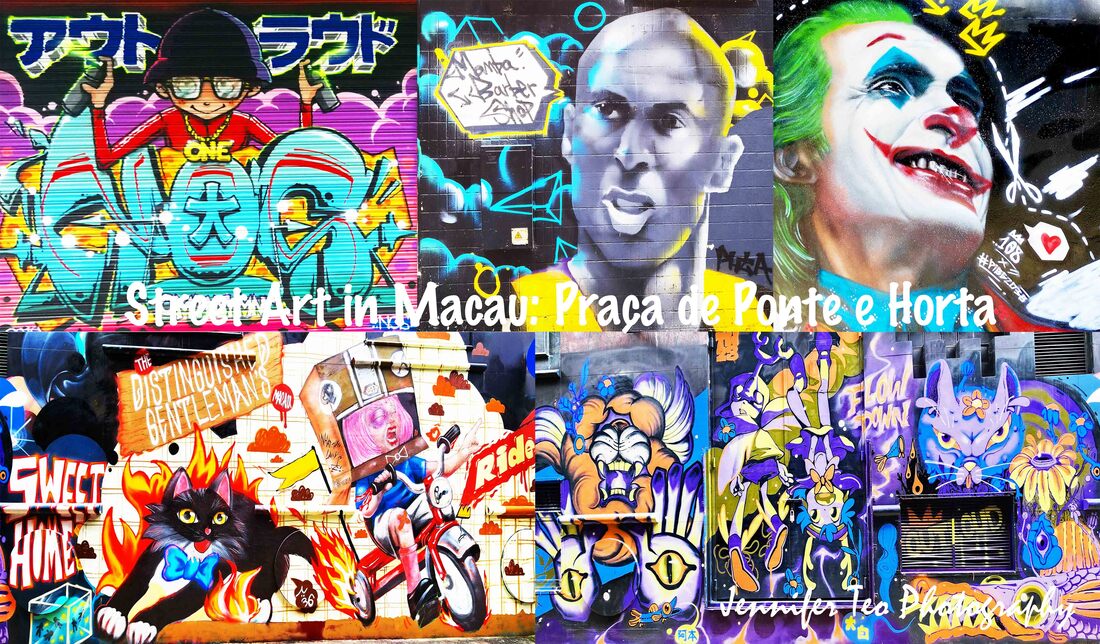
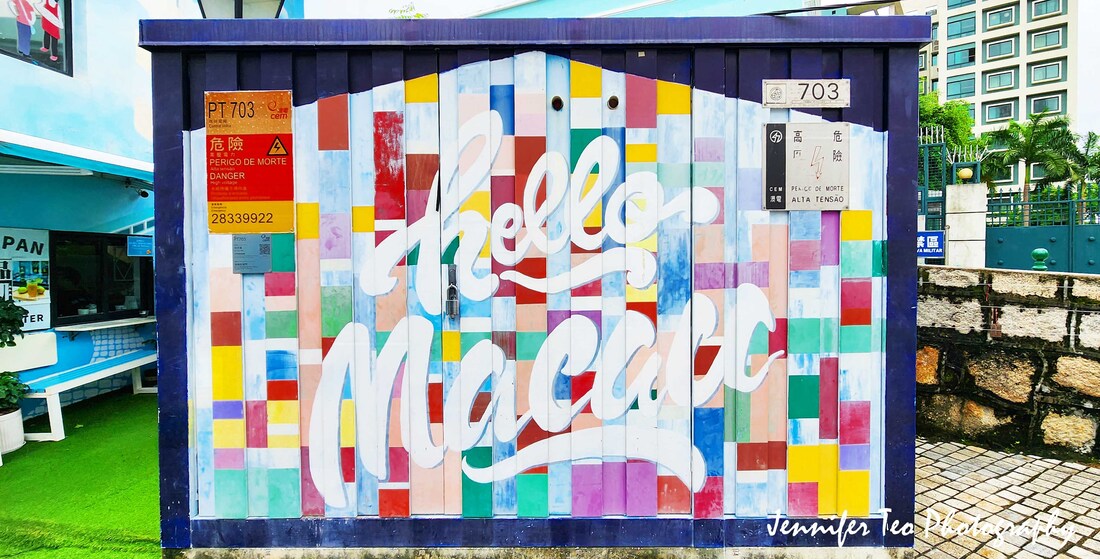
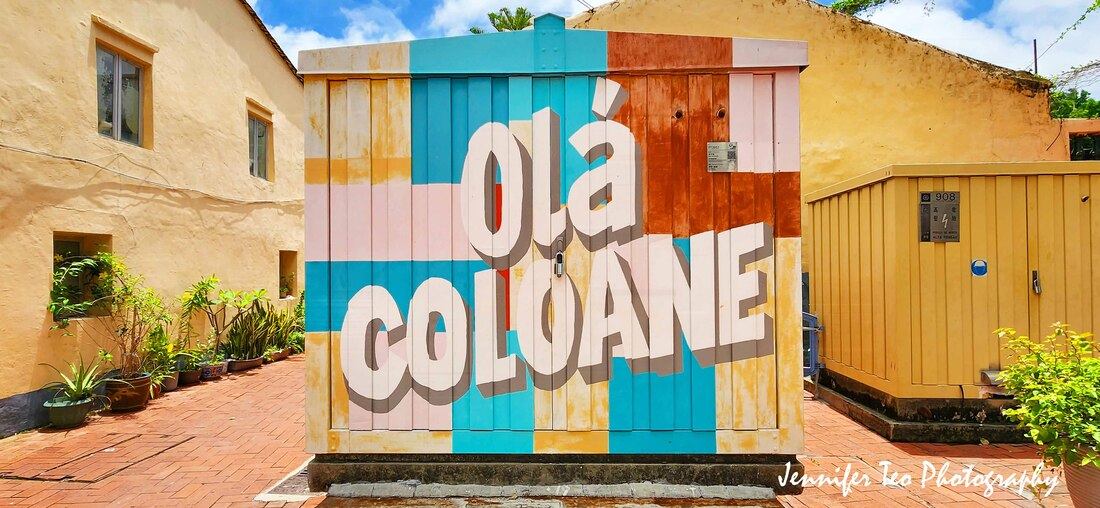
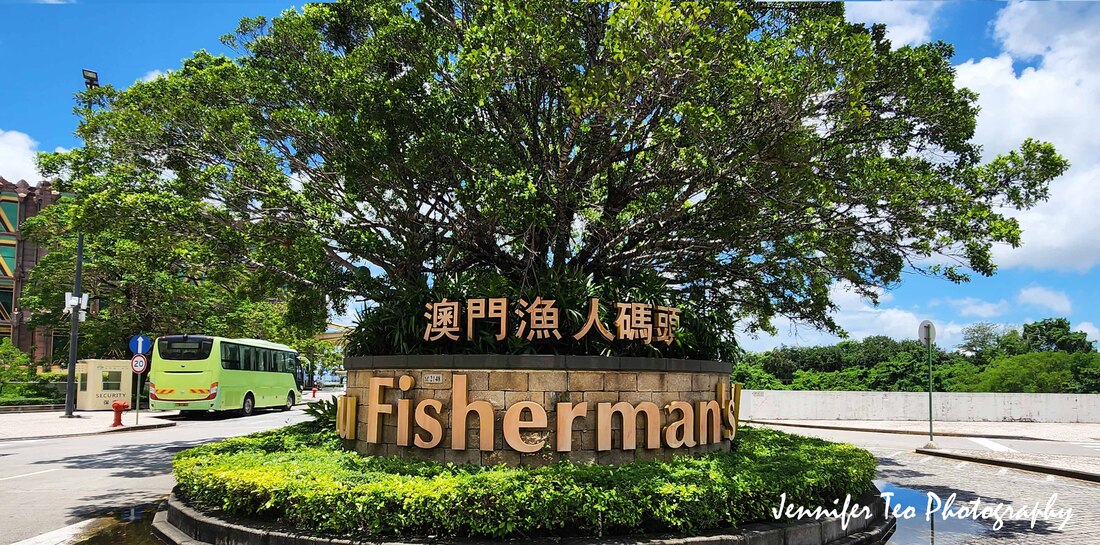
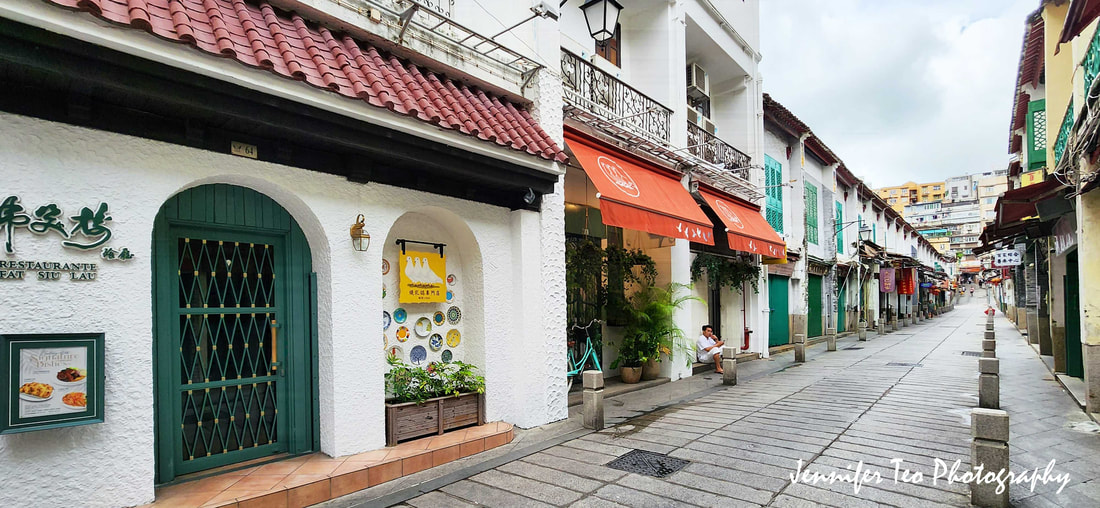
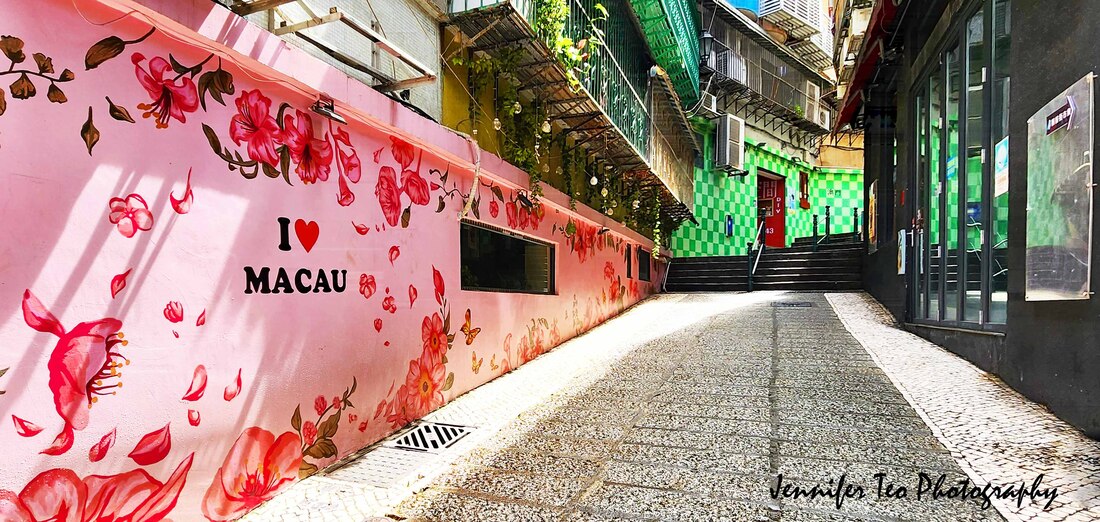
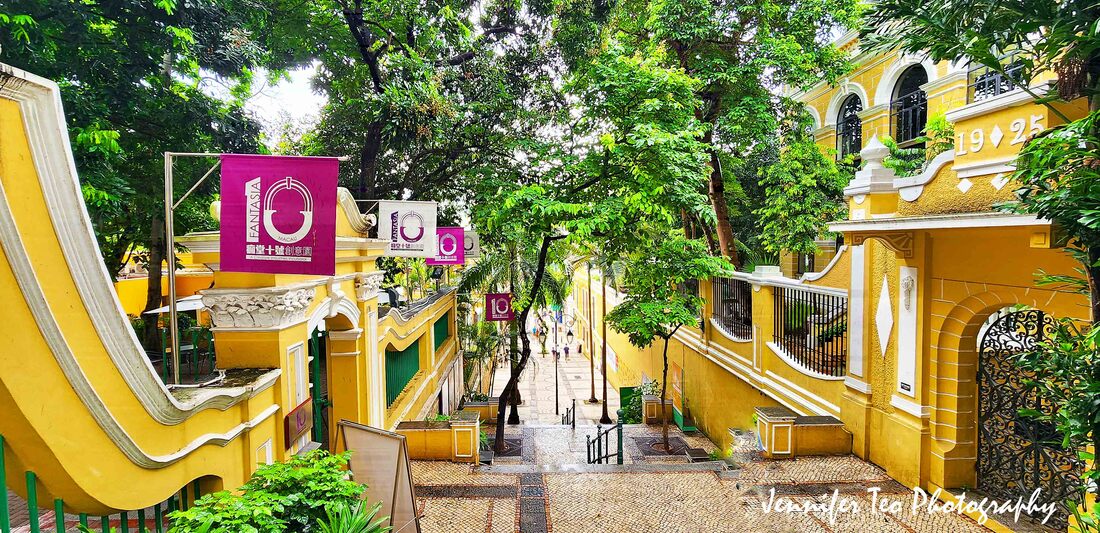
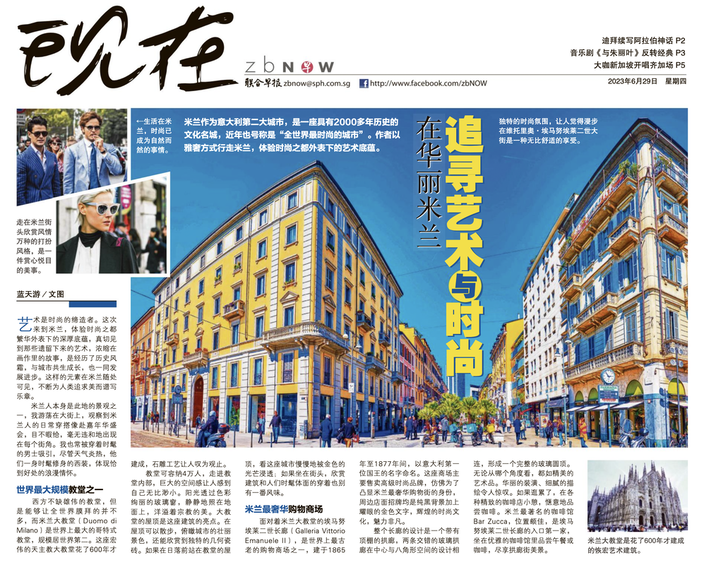
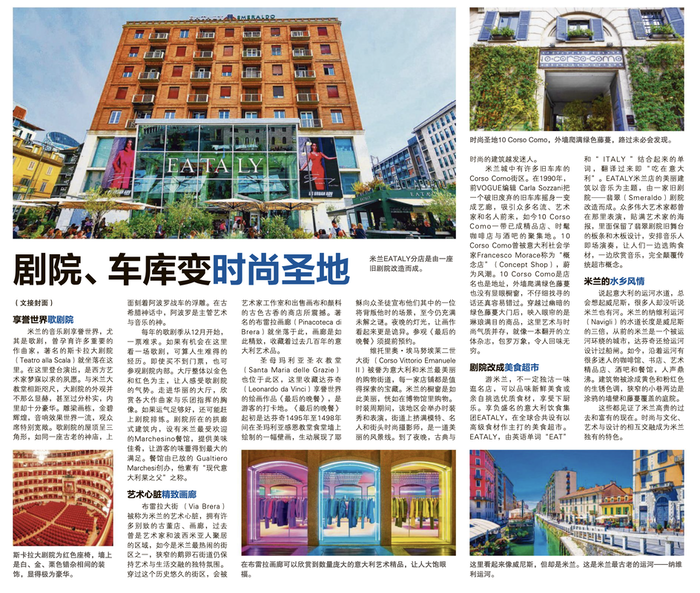
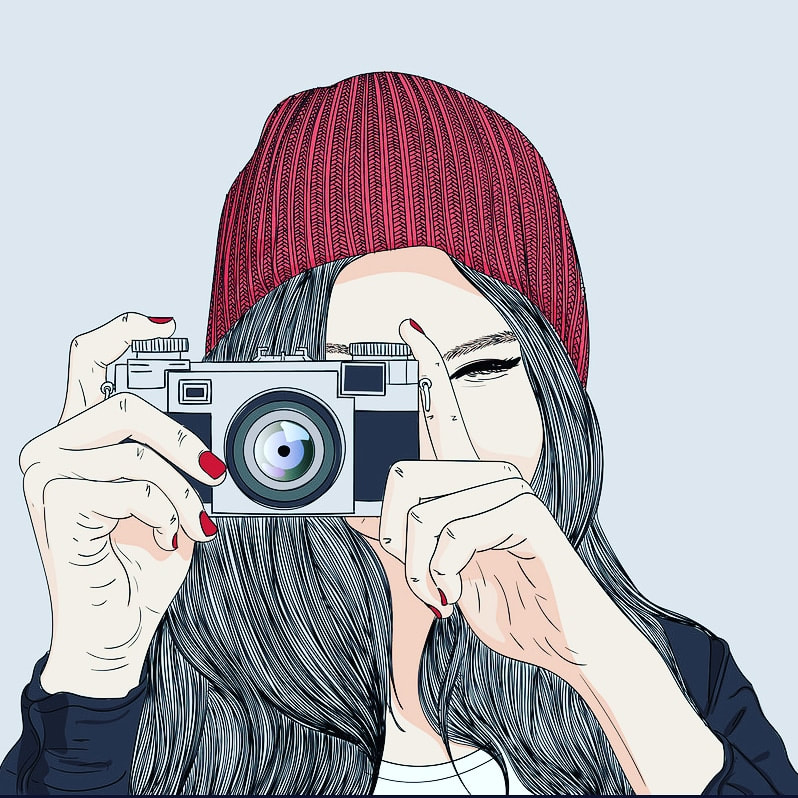
 RSS Feed
RSS Feed






